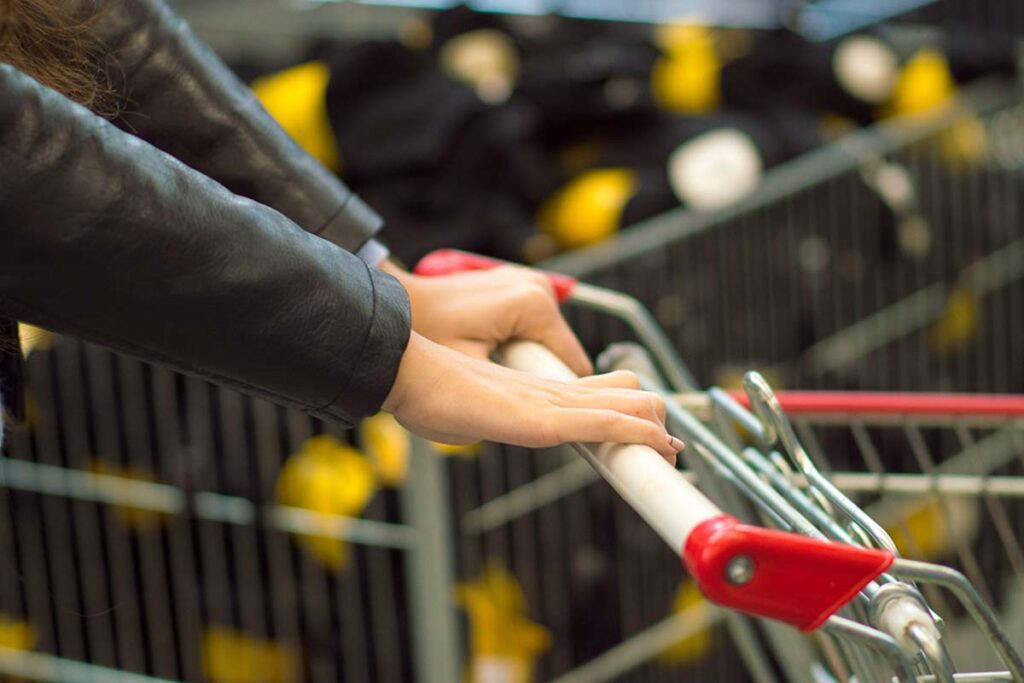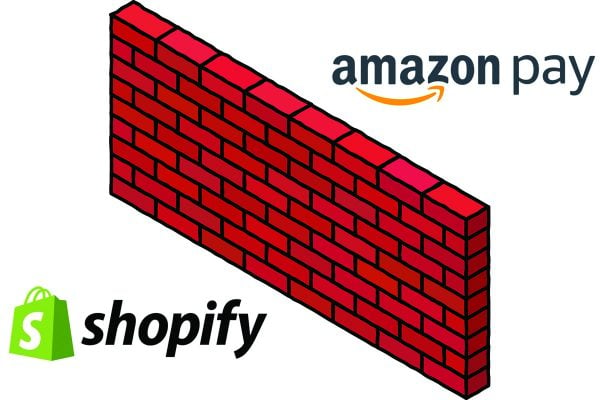After a challenging year for retail, the latest findings from Shopify’s Holiday Retail Report will bring welcome optimism for businesses across the country – with the UK being the only market internationally where consumers plan to spend significantly more this year. In fact, spending amongst UK consumers around Black Friday Cyber Monday 2024 is set to increase by 21% compared to last year – rising from £131.67 to £159.22 on average per shopper.
However, the research – which surveyed 18,000 consumers in Australia, Canada, France, Germany, Italy, Japan, Spain, the UK and the US – offered caution to retailers that any increased spending is unlikely to be frivolous. Indeed, savvy shopping is still the order of the day with 83% comparing prices in order to find the best discounts and 65% planning to shop during sales to save money.
After a challenging year for retailers, the findings of our Holiday Retail Report suggest a beacon of hope for businesses that the year can close on a high. This is an opportune moment for brands to create an impactful retail experience and tap into consumer intentions and emotions, which is especially true for younger adult (25-34 years) shoppers who are more likely than other age groups to report increasing their spending this Black Friday. As the generation closest to the forefront of new shopping trends and technologies, retailers must provide a shopping experience that continuously matches, if not exceeds, expectations for this consumer profile.
– Deann Evans, Managing Director, EMEA, Shopify
Discounts count, but so do free shipping and returns
Discounts remain an essential and leading tool for retailers, with 50% of shoppers saying they drive loyalty (though this is down from 60% last year). However, it’s not just the price-point that’s taken into account: free shipping and/or returns are top loyalty driversfor 42% of shoppers. Around one third (31%) look for specific loyalty schemes, while 30% say a great customer experience will improve loyalty.
Interestingly, shipping costs are one of the top three things to put consumers off a purchase (38%) followed by a lack of discounts and delivery taking longer than expected (both 26%), suggesting that free and fast shipping could be an even bigger incentive than a discount for some. Shoppers are also put off by bad in-store experiences and slow websites (both 20%), while 12% would be discouraged if they felt their loyalty wasn’t rewarded, further showcasing the need for incentives.
Shopping via social media up, but Facebook falters
While young shoppers report buying from social media in high numbers – 59% of 18-24s say they’d buy on Instagram, and even more on TikTok (62%) – loyalties are evolving as the older social media platforms fall out of favour. Facebook’s popularity among 18-24 year olds has fallen from 25% likely to shop on it last year to 23% this year. Overall, one in five (21%) shoppers say they seek independent brands, suggesting an appreciation for more local or personalised buying experiences. However, that doesn’t necessarily mean online stores are set to lose out provided they can offer a tailored experience for consumers, especially as 57% say it’s important to buy from a person.
It is clear from our research that brands must balance a compelling price with a seamless experience. This is no mean feat, but is a critical requirement if retailers are to capitalise on what promises to be a fruitful holiday season. Again, young adults should be a particular focus here, with evidence suggesting that brand engagement peaks at 25-34 and 35-44 years. Shoppers in these groups already know which brands they like, demonstrating the need to secure loyalty early.
– Deann Evans, Managing Director, EMEA, Shopify
In-store is back, as shoppers split purchases between online and IRL
A hybrid approach to shopping remains popular. Two in five (44%) UK consumers plan to evenly split their shopping online and offline, with 59% buying small things online but going into stores for larger purchases. Similarly, 61% search for items online before going in-store to get them. Digging deeper into this split, a third (33%) plan to do the bulk of their spending online, while less than a fifth (17%) expect to do so in-store, rising to 23% of spontaneous purchasers – suggesting that brick-and-mortar merchants could benefit from offering in-store deals to drive footfall.
Significantly more say they will pre-plan the majority of their shopping (38%) than undertake it spontaneously (13%) and are more likely than not to set a budget, with only 16% saying they rarely or never do so. For retailers, this offers valuable insight into the importance of keeping prices competitive and to consider where deals can be offered to keep consumers engaged.
In order to unlock the promise of a successful holiday season, retailers must be agile to a variety of evolving shopping habits. Whether that be where, when or how, they must be prepared to meet their customer across every possible surface. Looking ahead to the future, our research demonstrates the need for businesses to ensure a unified and consistent offering across commerce channels – in order to capitalise on these encouraging consumer intentions this winter.
– Deann Evans, Managing Director, EMEA, Shopify







![! Social Web Template [Recovered] Amazon Future Engineer Scholarship recipients](https://channelx.world/wp-content/uploads/elementor/thumbs/Amazon-Future-Engineer-Scholarship-recipients-qx1k9h8ihd702da3gf56eb3zfdgmqby55wi2ln5bq8.jpg)

